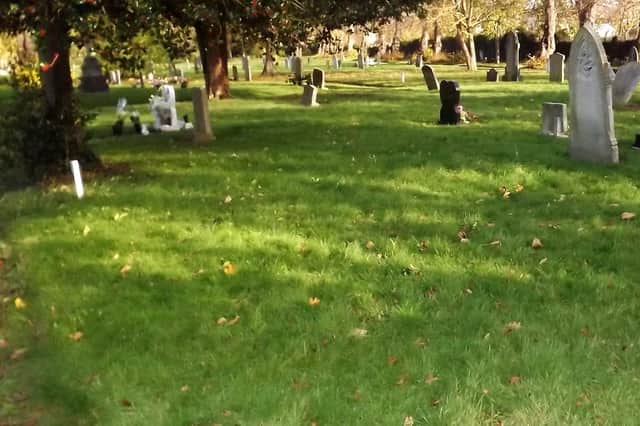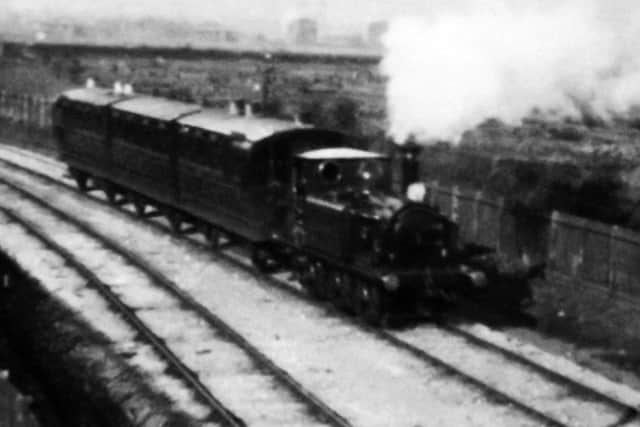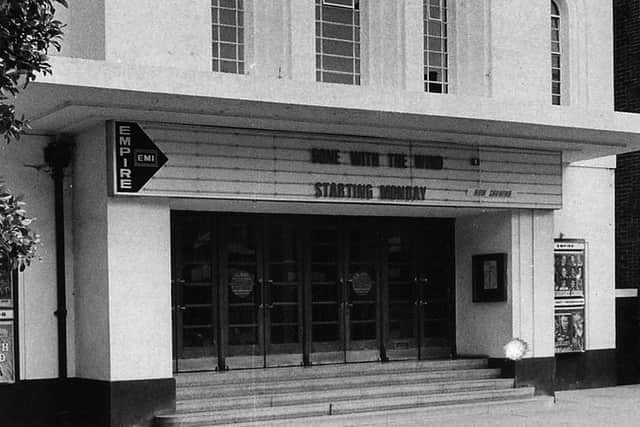Six Portsmouth dockyard workers killed by exploding boiler | Nostalgia


They were among the first to be interred in what was Portsea (later Kingston) Cemetery.
Thanks to John Sadden’s book The Portsmouth Book of Days, in which I first found out about this disaster, and to Gerard O’Brien, the Portsmouth Cemetery Manager, who helped me find the site from records.
Advertisement
Hide AdAdvertisement
Hide AdThe greater part of the red-hot boiler, which weighed a ton, was hurled 100ft in the explosion and then rebounded another 100ft towards the building slip.


The force of the explosion demolished the boiler shed, sending the roof flying 60ft into the air and burst the wall of an adjoining building.
The funerals were attended by an estimated 20,000 people. The men were all buried side by side, five on one day on April 13, 1856 and their colleague, John Field, a week later.
At one time there was a low chain fence around the site which disappeared a long time ago.
Advertisement
Hide AdAdvertisement
Hide AdThose who died were the aforementioned John Field, 29; William Pearman, 33; Robert Wright, 22; James Lee, 27; William Parrott, 25, and 26-year-old John Williams.


• The railway line from Fratton Station to Southsea (east Southsea) on the corner of Granada and Waverley Roads was called the East Southsea branch and it only existed for 29 years.
It opened on July 1,1885, and closed on August 8, 1914, because there were so few passengers.
The line passed under three bridges, at Jessie Road, Albert Road and another, just before the terminus in St Ronan’s Road in what is now Whitwell Road.
Advertisement
Hide AdAdvertisement
Hide AdIn this photograph I believe the train is approaching Jessie Road.
In the background on the right are allotments and above the carriages, in the distance, is where Fratton Park would be built a few years later.
• I have received an email from Simon Bull who is trying to find out who has the copyright of this photograph of the Empire cinema at Havant.
Simon is writing a book about Havant Grammar School/College which he hopes to publish in the spring of next year.
Advertisement
Hide AdAdvertisement
Hide AdHe wants use of the photograph so if you took the photo or you know who might have done, please let me know. Thank you.
The cinema stood in East Street, on the old A27, and was the only site for entertainment for miles around.
Comment Guidelines
National World encourages reader discussion on our stories. User feedback, insights and back-and-forth exchanges add a rich layer of context to reporting. Please review our Community Guidelines before commenting.